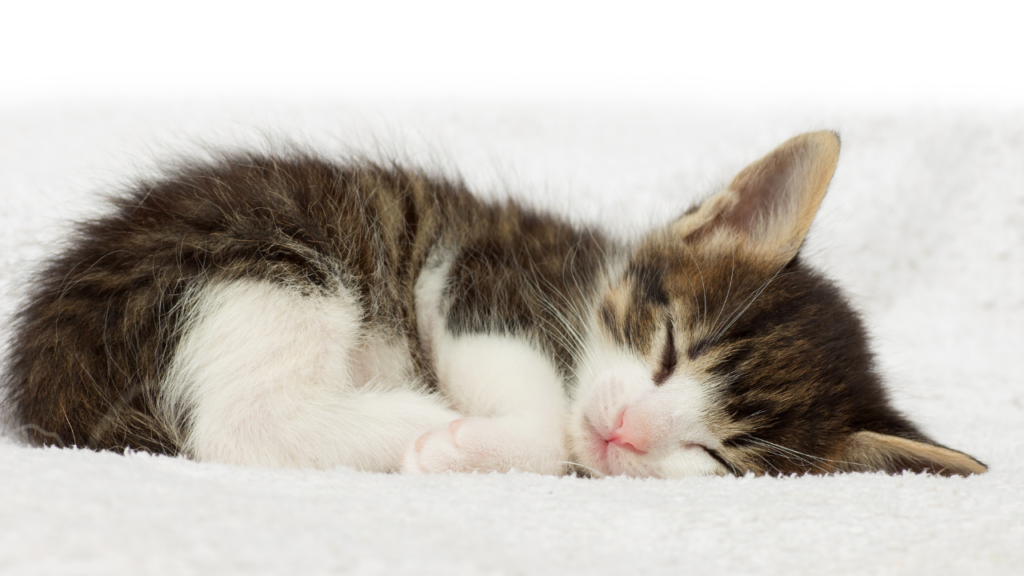Eight vital tips for cat training.

8 Easy tips for cat training.
Cats are among the most popular pets in the world, but they, too, have reputations. Felines are characterised by indifference, sass, and even attitude. Cartoons, comics, and movies depict them as hard to reason with, but if you ask a cat owner, they will tell you that cat discipline exists. The catch is that in order for the training to stick, you must first understand how to discipline your cat safely and properly. With these seven simple tips and methods, you’ll be on your way to mastering feline behaviour.
Rule out medical concerns as a reason of misbehaviour.
Surprisingly, medical conditions frequently contribute to cat misbehavior.
Cats may stop using the litter box, become aggressive, or begin hiding in unexpected areas as a result of internal changes. So, before you start contemplating how to punish your cat, arrange an appointment with your veterinarian. You may discover a medical explanation for the behaviour. If not, you’ll have peace of mind and be able to go on to further cat discipline recommendations.
Training cats looks different from training dogs.
Dog training is extremely common, however, it might be difficult to discover tools for training a cat away from undesirable behaviours. After all, this necessitates unique tactics and techniques! Dogs learn to recognise spoken orders and hand signs. Cats? They aren’t huge fans of those tactics.
That is not to suggest you cannot clicker train cats; you can. However, your cat is unlikely to notice changes in your tone of voice. Cat discipline is a little more difficult, requiring a higher amount of patience. Take a deep breath—you can do it!
Environmental issues are the source of many behavioural disorders.

People become angry when their furniture is scratched, cats climb the drapes, and accidents occur outside of the litter box. They demand to know how to punish the cat. What is the underlying reason for most cat misbehaviour, though? There are troubles in the house! That’s why you need to question yourself:
- Is the litter box cleaned regularly?
- Is your cat’s preferred sort of litter (or box)?
- Is there enough scratching posts?
- Do you have cat trees that give elevated climbing areas?
- Do you play with your cat regularly enough?
- Are there any new changes in the house, such as a new family member or a recent death?
Cat discipline flies out the window if the house isn’t designed to meet feline demands. This is why a simple modification in your cat’s daily routine can have a significant impact on its behaviour.
Keep training sessions brief and straightforward.

Once you’ve identified the behaviours you’d like to modify or eliminate in your kitty, you may want to try more deliberate training. Unwanted behaviours are best eliminated through withdrawal and redirection (more on that below), while new, positive behaviours can be encouraged through training. Even while the specifics of your feline’s training will vary depending on what you want to teach him, there are a few things you should keep in mind regardless.
First and foremost, keep your exercise period short. Cats are more likely to lose interest or feel frustrated while doing the same thing for an extended period of time, so aim for three to five minutes. According to the cat trainer and Associate Certified Applied Animal Behaviourist behind Cat School, you may always add a second (and later a third) session every day, as long as you end each session quickly and on a positive note.
Additionally, keep training sessions simple by removing any adjacent distractions, such as food bowls or other animals, and beginning with something uncomplicated. To avoid frustrating your kitty, always work your way up to more hard tasks gradually.
The strategy of ‘withdraw and redirect’ is more successful than punishment.
Even though cat training and dog obedience training are very different, they both have one thing in common: punishment is not permitted! Punishing your pet is unsuccessful at changing their behaviour, and it can also damage your bond. Instead, focus on positive reinforcement for desired behaviours and modifying problematic behaviours without punishment. One of the simplest ways to gradually change your cat’s behaviour is to withdraw or redirect their attention.
When playing with your kitten, do they use their claws or bite? If this is the case, it is because young kittens playfully attack their mothers and siblings. But here’s where things differ: Mom corrects them with a hiss or nip. You can’t do the same thing, but you can imitate the cat’s discipline by responding to the bite with a loud “ow,” ceasing involvement, and walking away. Your kitten’s brain will realise something went wrong and begin to understand the message. Remember that this will require time and repetition!
Are you seeking for ways to prevent cats from clawing furniture? Instead of yelling (which never works), gently guide them to their appropriate scratcher. Sprinkle catnip on the scratcher to pique their curiosity. That feline brain will grasp the message quite quickly. This will be most effective if you can interrupt their scratching in the middle of it, even if you have to do it several times before they comprehend.
Praise and rewards motivate most cats.
Nobody loves to punish their cat. Inappropriate punishment can cause anxiety, fear, avoidance of you, and even more severe behaviours. Instead than focusing on cat discipline, try to reward your cat’s positive behaviours. Treats are a powerful motivator when training cats. Keep them on hand in case you notice your feline family member doing the behaviours you want:
- Playing happily with their toys.
- Use the litter box.
- They scratched their cardboard scratcher.
- Napping on the cat tree.
- As your cat learns that “normal” activities result in praise and treats, they will repeat them. (After all, who doesn’t enjoy munchies and cheers?
If you want to learn more about your kitten or need a guide on how frequently kittens should be fed, we have you covered.
Outsmarting the feline brain
Sometimes you have to think smarter than your cat. It’s a subtle technique to guide your cat away from destructive behaviour.
For example, what about the cat who thinks the couch is a scratching post? D a loose blanket over the arm of the sofa. The cloth will collapse if they try to sharpen their claws, resulting in a subtle sort of cat discipline. Foiling the behaviour will make it less appealing, which may lead them to the solid, dependable scratching post.
Is your cat a counter-jumper? Apply double-sided tape on the counter where your cat’s feet rest. The tape is nontoxic, but cats dislike the sticky feeling on their paws. Your cat learns to avoid the location, especially if you offer a cat-safe spot to climb as an alternative.
Admit when you need help.
There is no shame in admitting that you are in over your head. If you’ve tried everything else in terms of cat discipline and nothing is working, it’s time to seek professional help. Professional cat trainers exist. They excel at determining the underlying cause of your cat’s behaviour and may help you design a safe training programme.
Never give up or accept negative behaviour. It is unfair to both you and your cat if you are unable to discover a safe approach to redirect your cat. Contact the specialists. If you are having trouble finding resources, call your veterinarian!
Nobody loves putting up with poor behaviour. Fortunately, most undesirable discipline issues can be resolved with a little practice. Take a quick glance around the house to ensure you are not part of the problem. Then, concentrate on the positive things your cat is doing. Your cat will eventually fall in line. Also, remember to seek the assistance of a veterinarian or other specialist when necessary. You have got this!
Eight vital tips for cat training. Read More »



























